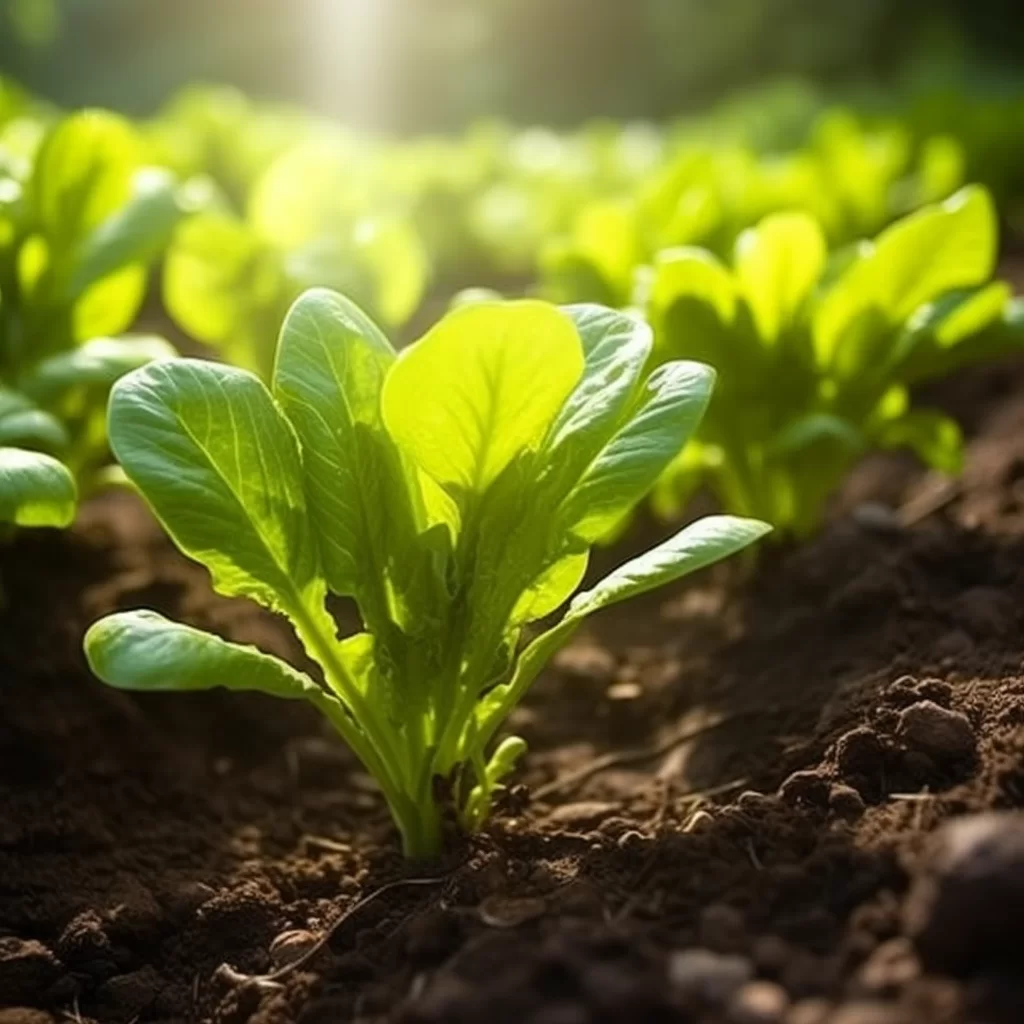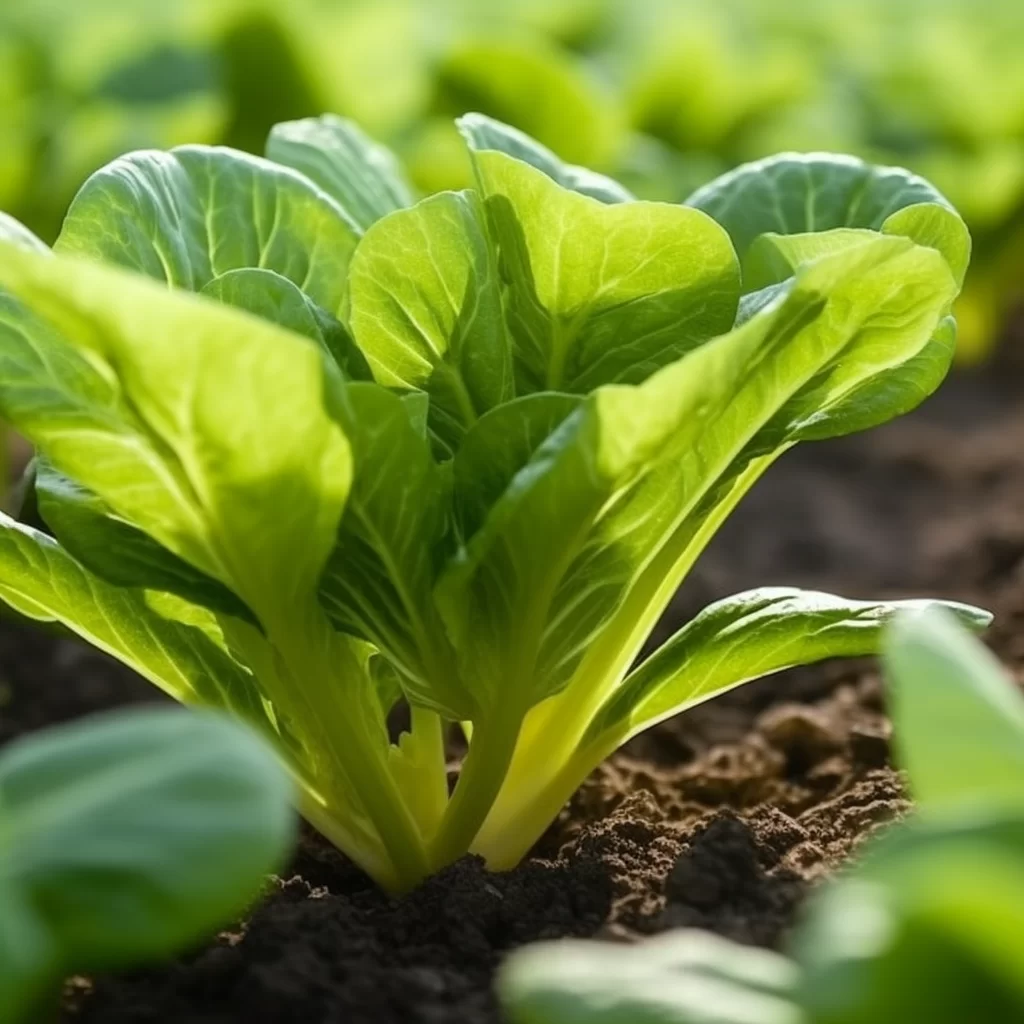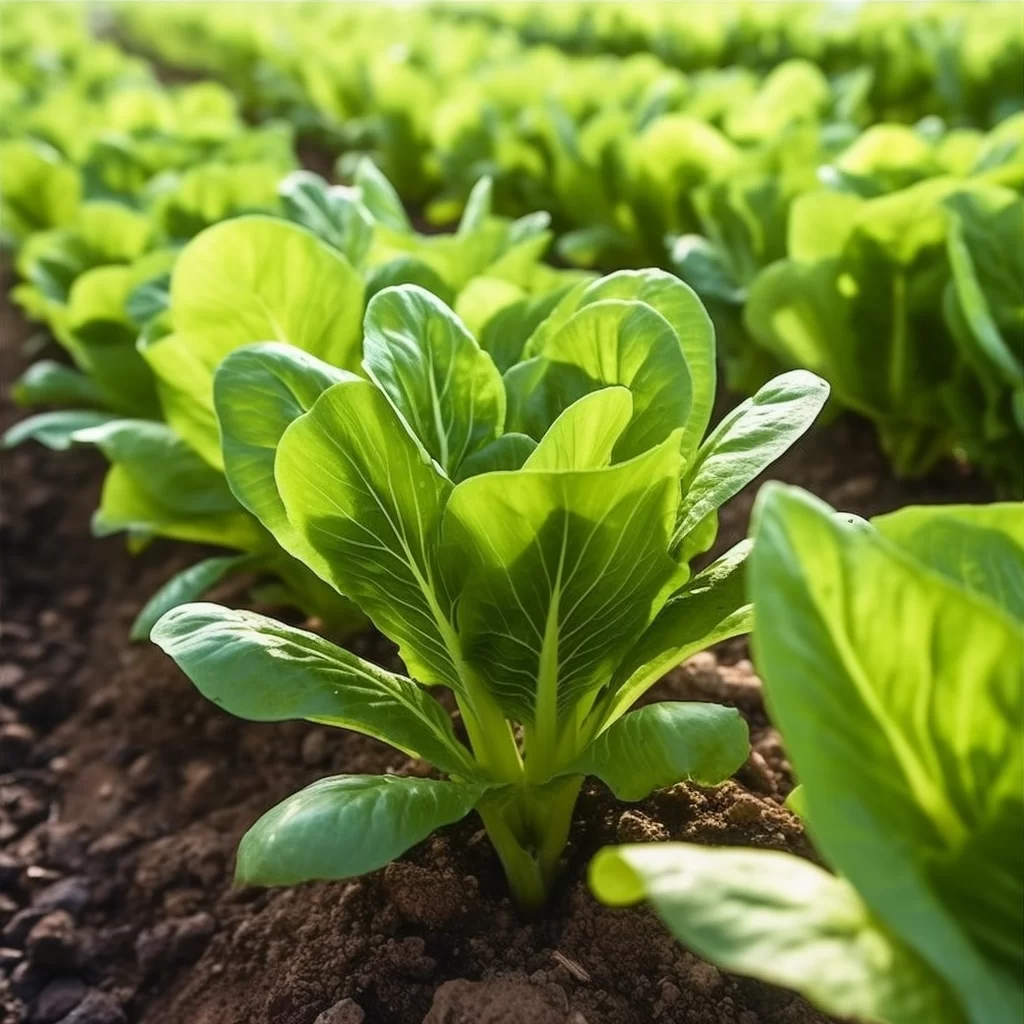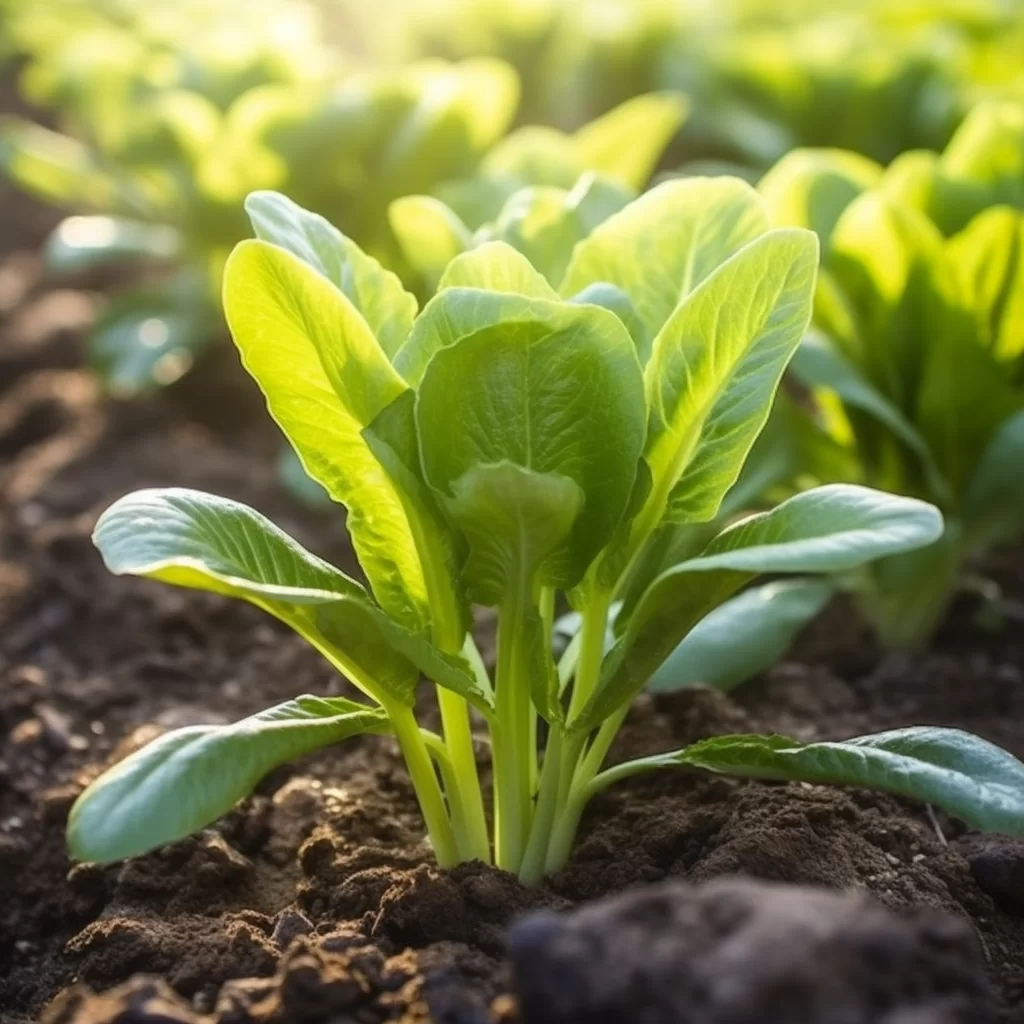Story of Day :
Contents
The Ultimate Guide to Growing and Caring for Bok Choy Plants
Are you looking to add some leafy greens to your garden? Look no further than bok choy! This Chinese cabbage is not only delicious but also contains plenty of vitamins and nutrients.
In this guide, we will cover everything you need to know about growing and caring for bok choy plants.
Planting
Bok choy plants are relatively easy to grow, making them a great option for beginner gardeners.
They thrive in cool weather, so plant them in early spring or late summer/early fall.
- Choose a location with well-draining soil that receives full sun or partial shade.
- Sow seeds about half an inch deep and one inch apart from each other.
- If transplanting seedlings, space them six inches apart from each other.

Water regularly after planting until the seeds sprout.
Once the plants reach about two inches tall, thin out any weaker seedlings so that they are spaced eight inches apart from each other.
Water consistently throughout the growing season, ensuring that the soil stays moist but not waterlogged.
Fertilizing
Bok choy plants require nutrient-rich soil to flourish.
Before planting seeds or transplants, mix compost or aged manure into the top few inches of soil.
During their growth period, fertilize every three weeks with a nitrogen-rich fertilizer like fish emulsion or blood meal.
Pests and Diseases

Bok choy is susceptible to pests like aphids and flea beetles as well as diseases like downy mildew and clubroot.
To prevent infestations:
- Keep the garden area clean and free of debris.
- Rotate crops every year to prevent soil-borne diseases from building up.
- Cover plants with a floating row cover to prevent pests from reaching them.
If you do encounter an infestation or disease, remove affected plants immediately and dispose of them away from your garden.
Consider using organic pest control methods like neem oil or insecticidal soap instead of harsh chemicals.
Harvesting

Bok choy is ready to harvest when leaves are about six inches long and the plant has reached maturity.
Harvest the entire plant by cutting it at its base, or pick individual leaves as needed.
Bok choy leaves can be stored in the fridge for up to a week after harvesting.
Cooking with Bok Choy
Bok choy is versatile in the kitchen and can be eaten raw or cooked.
It’s great in stir-fries, salads, soups, stews, and more! Some recipe ideas include:
- Bok choy stir-fry with garlic and ginger
- Braised bok choy with soy sauce and sesame oil
- Grilled bok choy with miso butter sauce

Conclusion
Growing bok choy is an easy way to add some leafy greens to your garden while also reaping its many health benefits.
Follow these tips for planting, fertilizing, pest control, harvesting, cooking – you’ll have beautiful bok choy that will thrive year after year!